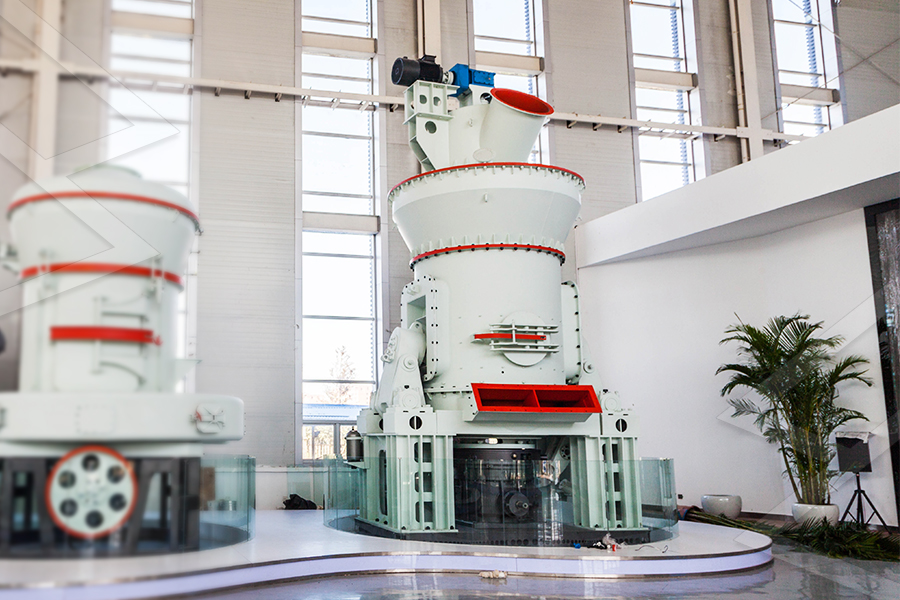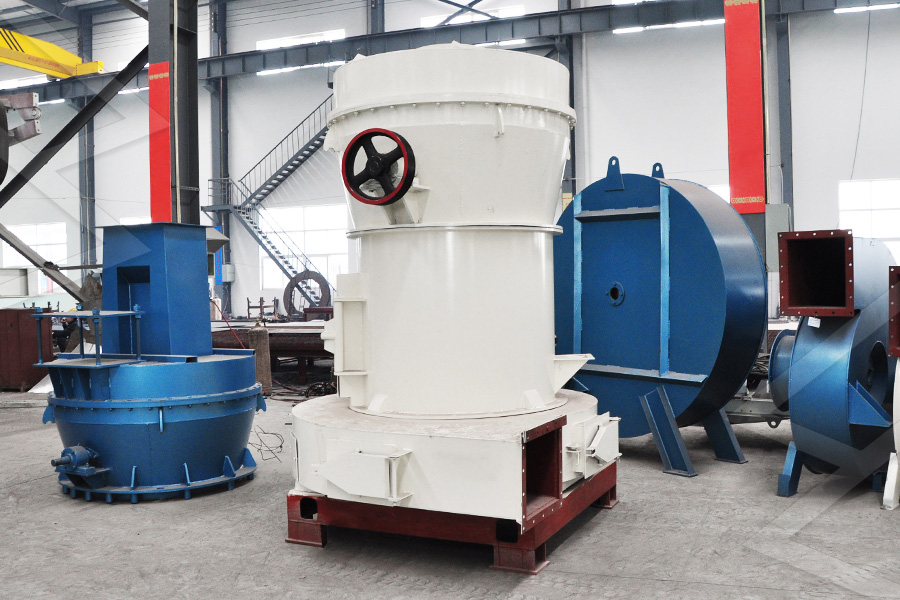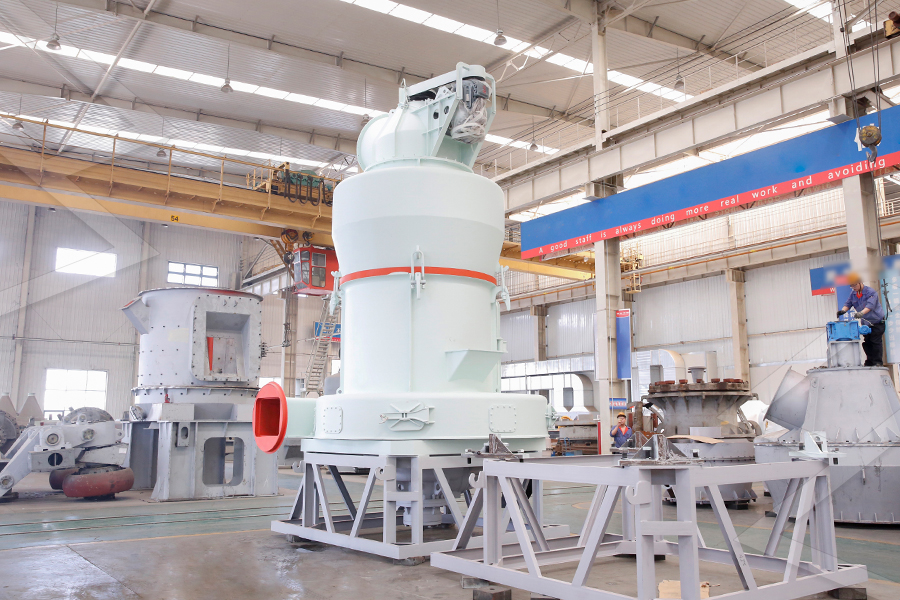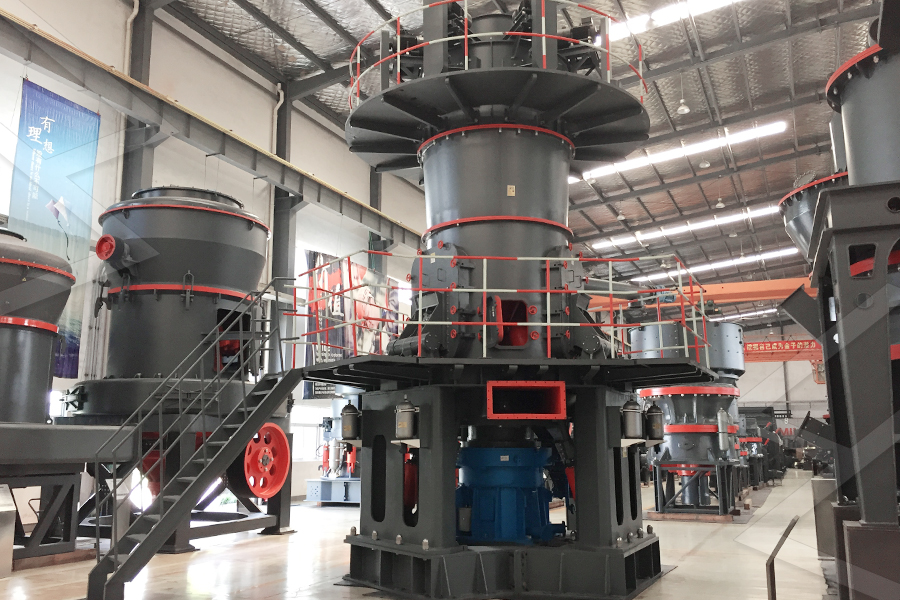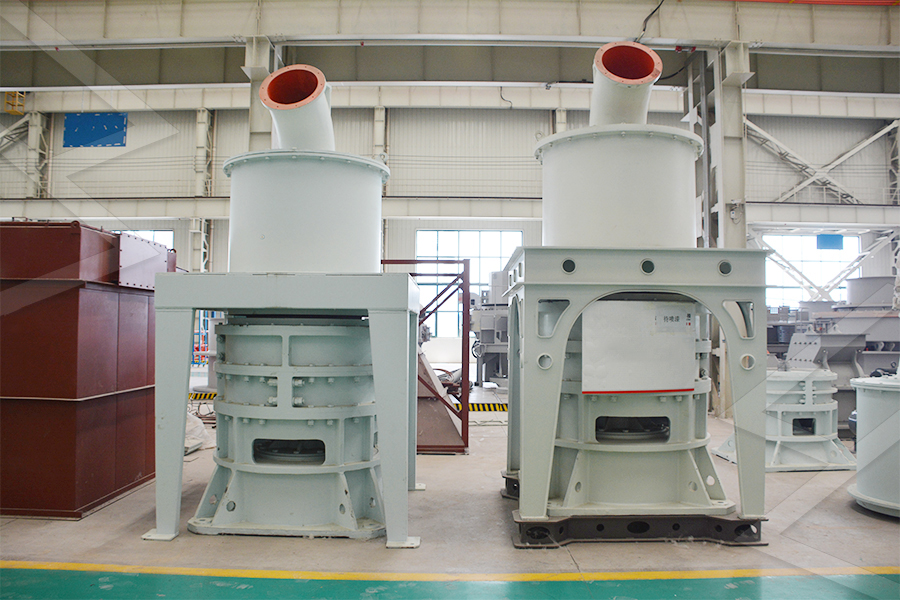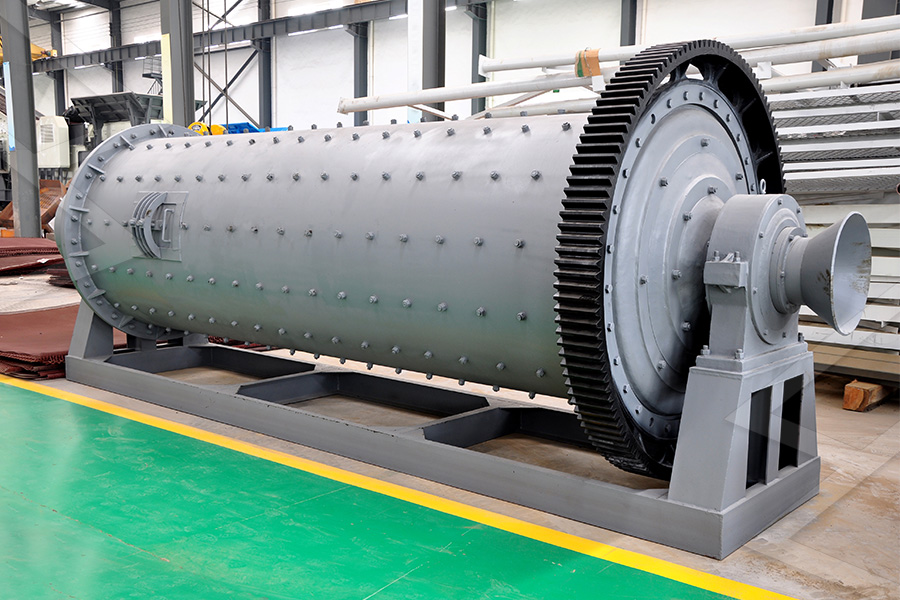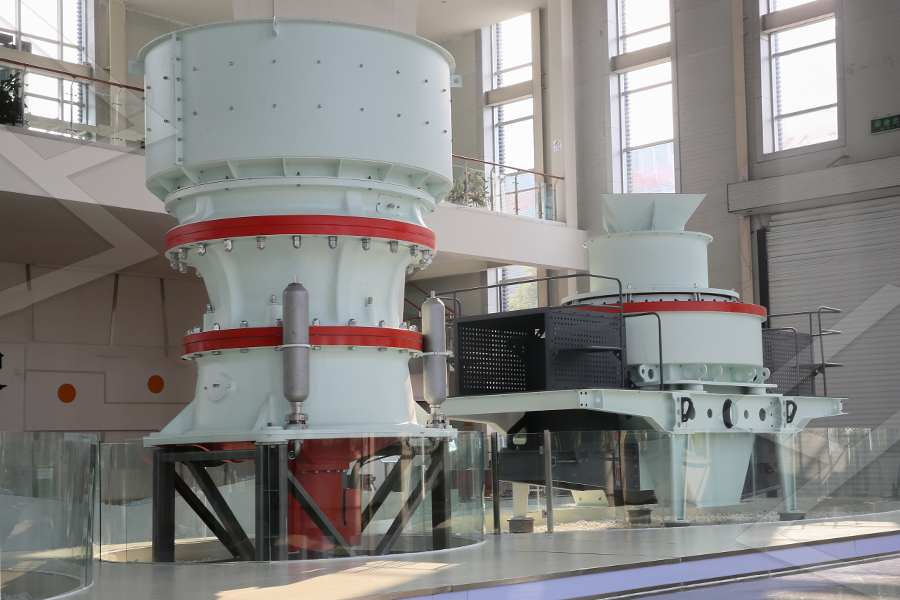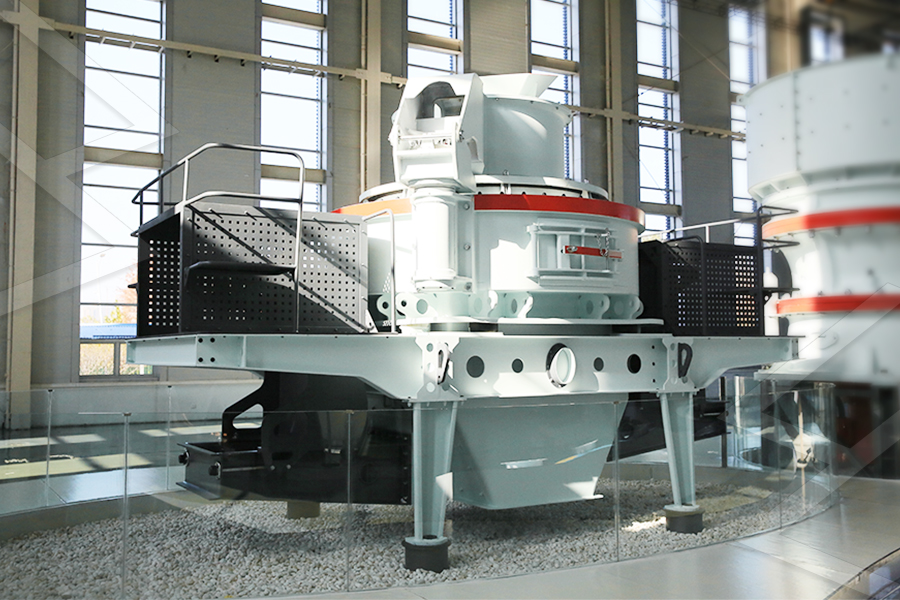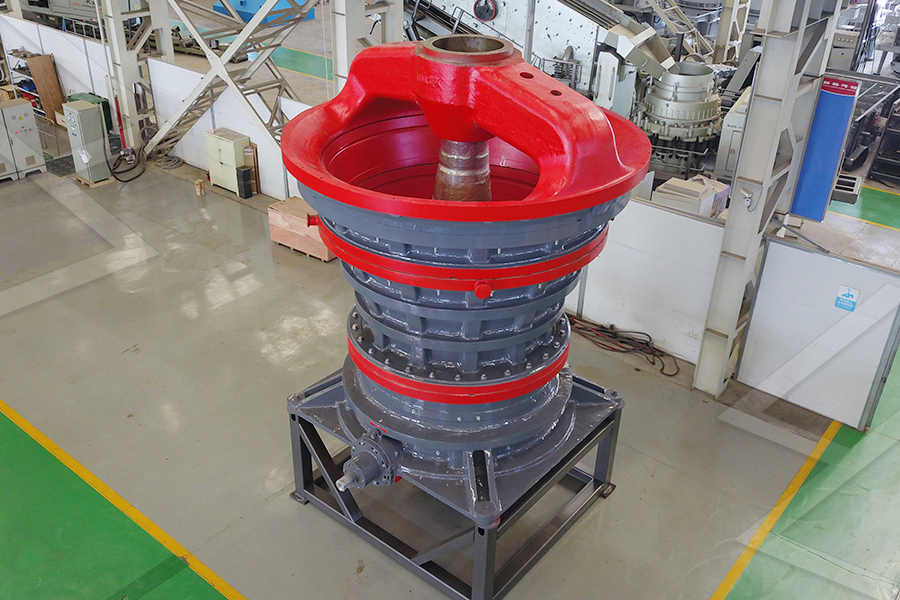Grinding Equipment and Process
The project uses a vertical roller mill (VRM) with a model number CLUM-1200, featuring a grinding table diameter of 1.2 meters and a power rating of 200 kW. VRMs are preferred for fluorite because: (1) They produce uniform particle size (critical for flux reaction); (2) They have low energy consumption (35 kWh/ton, compared to 55 kWh/ton for ball mills); (3) They can handle the 8 TPH capacity efficiently.
The grinding process begins with the 10-15mm fluorite being fed onto the VRM’s rotating table (speed 35 rpm). Two hydraulic rollers (diameter 0.5 meters) apply pressure (10 MPa) to grind the fluorite into fine powder. Hot air (150-170°C) from a coal-fired boiler (the smelter’s waste heat is reused here) is blown into the mill to carry the powder to the integrated air classifier. The classifier’s impeller speed is set to 2000 rpm, separating 280-mesh particles (which are carried to the pulse bag filter) from coarser particles (which fall back to the table for regrinding).
The pulse bag filter has 80 filter bags (fiberglass) and operates at a negative pressure of -5 kPa, capturing >99.9% of the fluorite powder. The collected powder is discharged into a screw conveyor, which feeds it into a 300-ton silo—connected to the smelter via a sealed pipeline (using compressed air) to avoid dust contamination.
